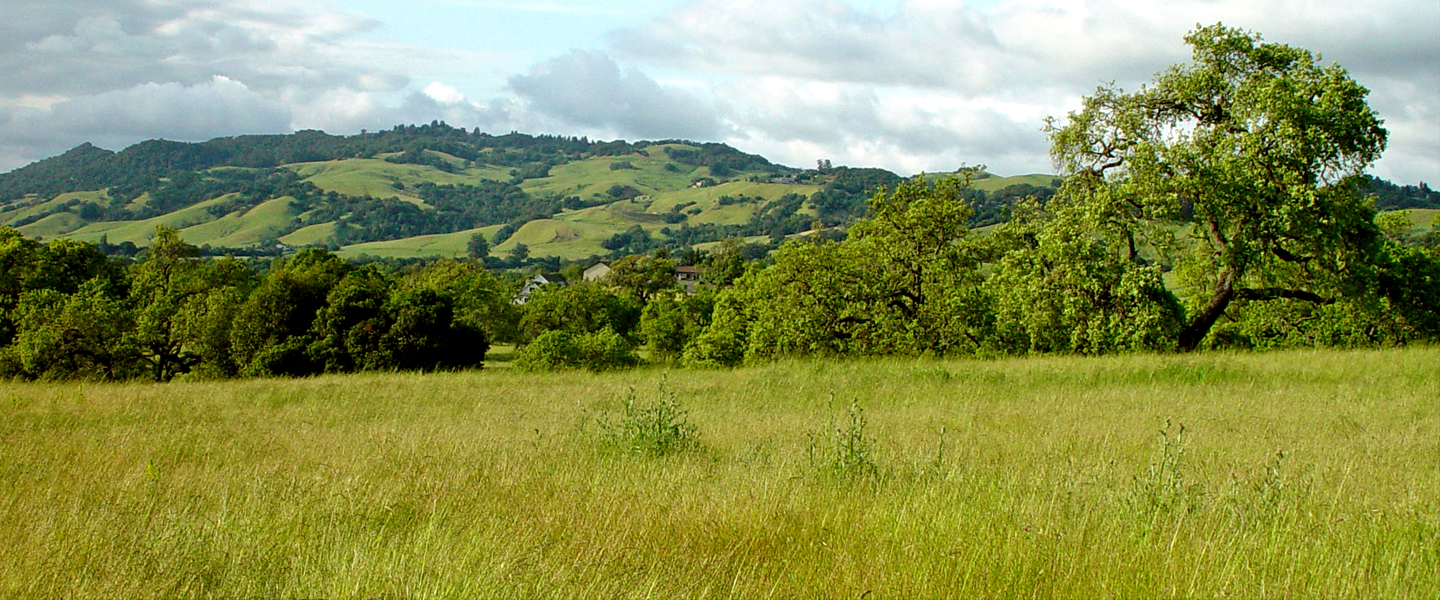Service-learning activity usually falls into two categories:
Type 1: Teaching/tutoring/sharing knowledge from the class.
Freshmen students at Rollins College in Winter Park, Florida, a small liberal arts school, are required to take four core interdisciplinary courses concurrently. One of the courses, Multicultural Literature, included a service-learning component. The Rollins students were paired with an elementary school that was determined to be in high need, identified “to assist all students to meet proficiency by 2014 and to assure that each child is given the maximum opportunity to achieve at high levels.” The Rollins students designed activities around literature that was primarily Hispanic, African-American, and Native American in origin. “For each book, a lesson plan was developed and discussed that integrated language arts, history, and art.” The lesson plans were implemented on a one-on-one basis. One of the Rollins students reflected “I have a much higher regard of Multicultural Literature because it exposes children to cultures that they normally may not encounter and teaches them that diversity is safe and not to be afraid of it—through the stories told. Their purpose was unknown to me before [the service-learning experience].” “In general, the service-learning experience increased the perception of being connected with the community and providing a valuable service to the school and community.” 1
Type 2: Using information from the class to do something with/for a community organization.
Students in the Hutchins School at Sonoma State University (SSU) participated in a service-learning project “providing students with hands-on experience in school gardens and in other areas of the local food system.” “Focusing an upper division interdisciplinary seminar on the topic of food provides an excellent opportunity for developing community-based learning projects. The need for healthy food and sustainable agricultural systems is a topic that is gaining considerable recognition in the public media and stimulates considerable interest among students," says Dr. Debora Hammond. Additionally, in response to community request, students participate in collaborative research in connection with community food assessment initiatives. Hammond reports that as a result of the service-learning class, students begin to understand the connection between personal health, the health of the environment, and the overall health of society. 2
Please contact cce@sonoma.edu for more information.
Debora Hammond has instructed several service-learning classes and may be willing and able to share advice, you can contact her at hammond@sonoma.edu

